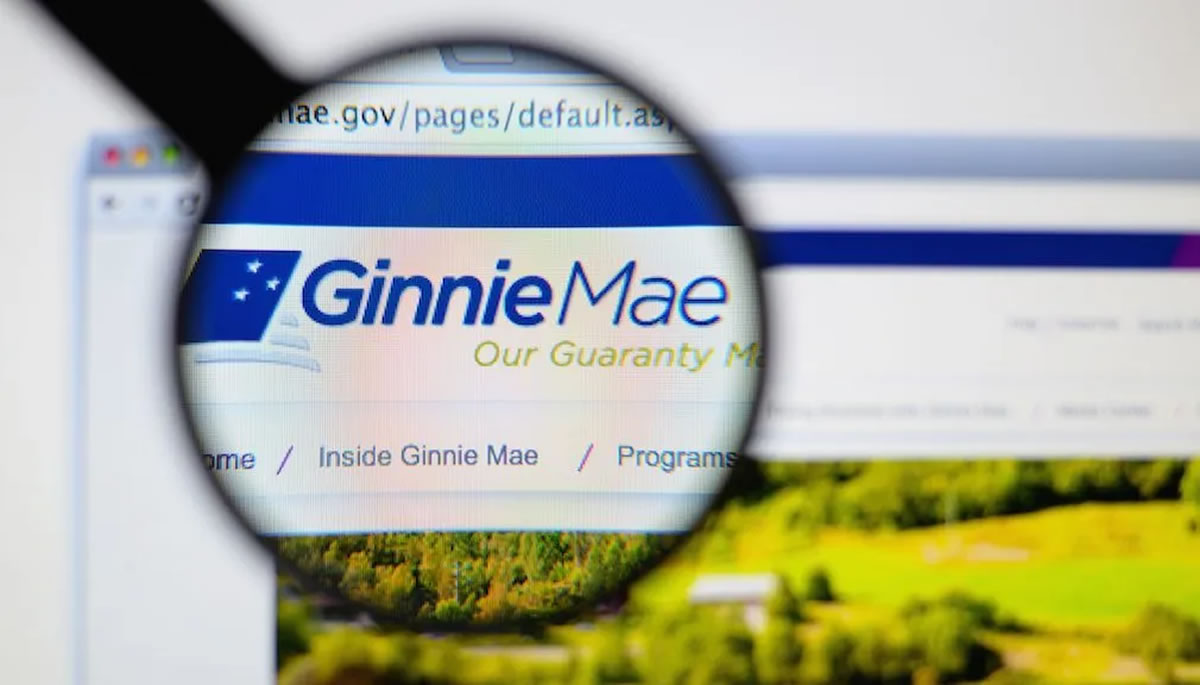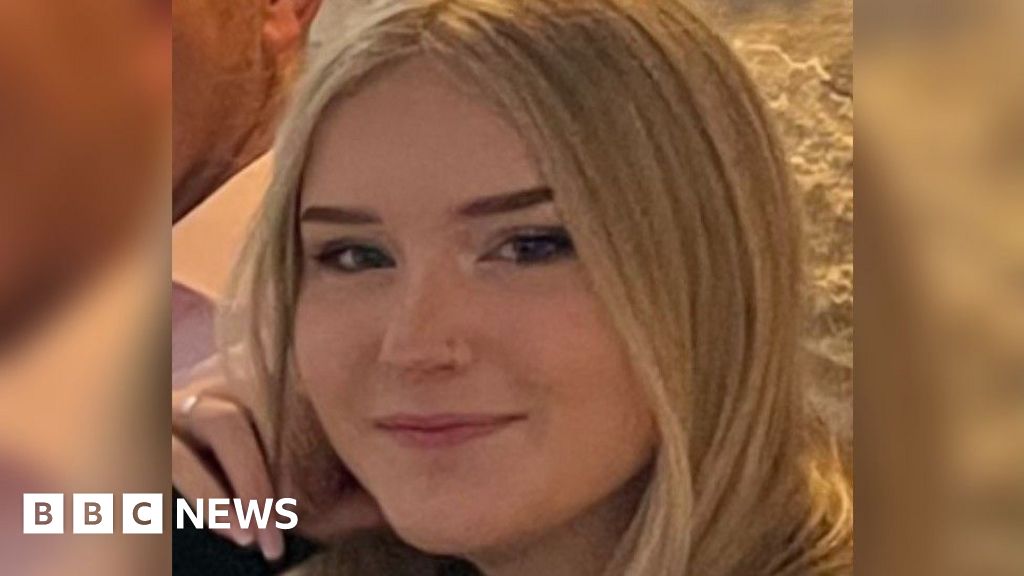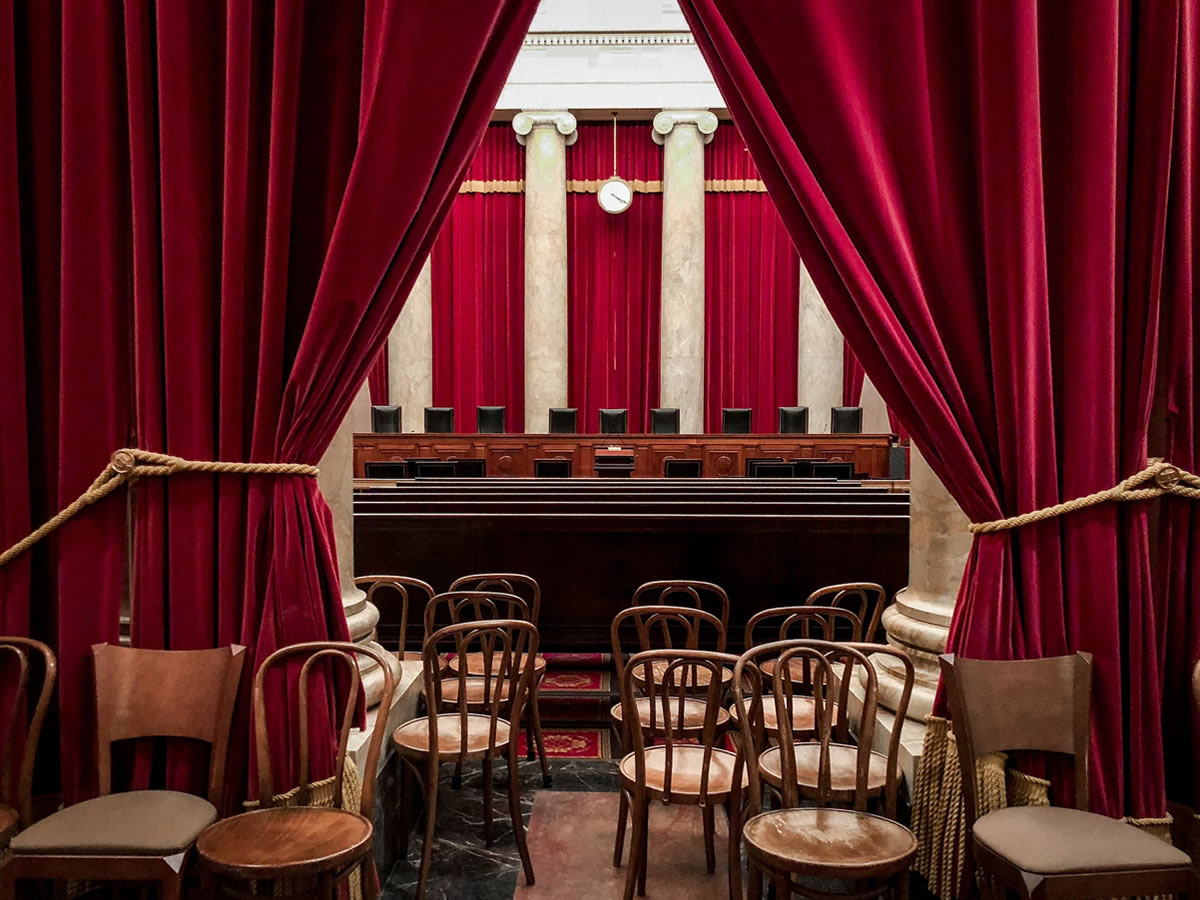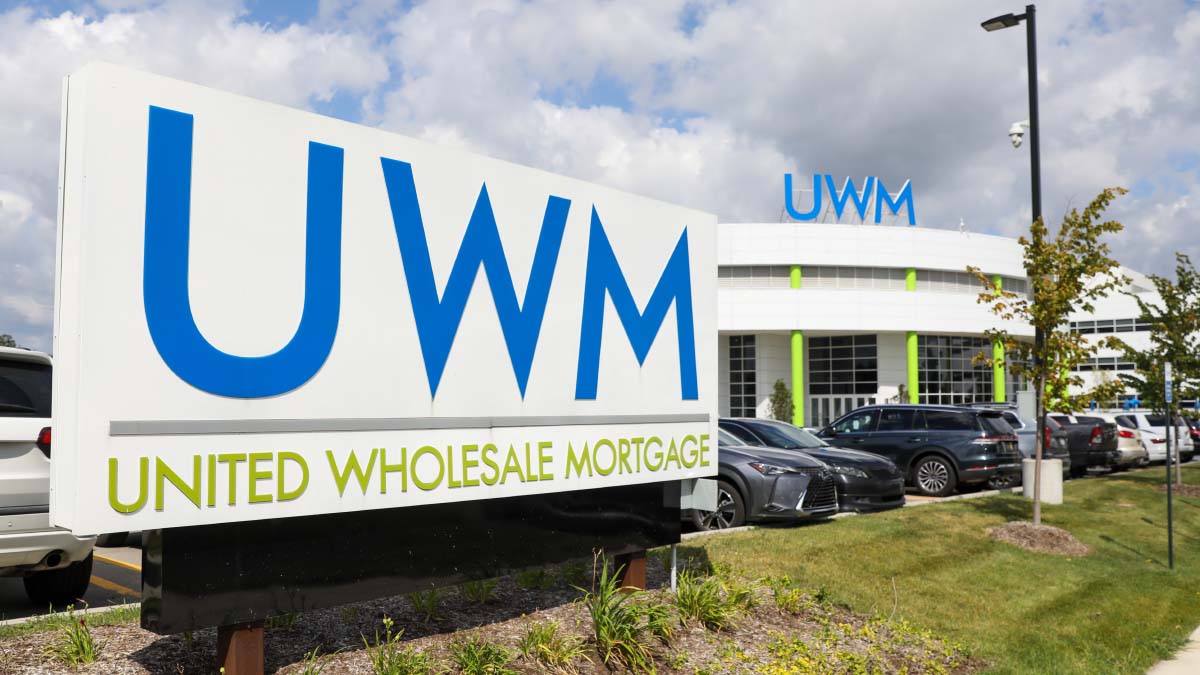CHLA: Here’s how to modernize ‘short-changed’ Ginnie Mae
The plan recommends a new liquidity facility for the government-owned company, more budget authority and added flexibilities for hiring.

The Community Home Lenders of America (CHLA) on Wednesday released a plan that it says would “modernize” Ginnie Mae, the government-owned company that manages the securitization of government-sponsored loans.
The CHLA argues that Ginnie Mae has not been given sufficient budget authority by the congressional appropriations process despite the value it generates. Its plan takes aim at liquidity, budget authority, pay scales and other potential flexibilities to more closely align with the value it brings to the government and the broader mortgage market.
“For decades, Ginnie Mae has consistently made a huge profit for American taxpayers — $15.744 billion in net profits over the last decade,” CHLA stated. “Yet, remarkably, in spite of this strong financial performance, Congress continues to short-change Ginnie Mae — underfunding their salaries and expenses and denying them critical flexibilities that other comparable federal financial agencies enjoy. This undermines Ginnie Mae’s ability to run a market-driven program.”
The plan makes four key recommendations, one of which is the development of a new liquidity facility for Ginnie Mae issuers that would “facilitate servicer advances/pool buyouts,” the plan explained.
This recommendation is based on two other ideas. Former Ginnie Mae President Ted Tozer previously floated a plan in which there would be “debt guarantee for a Ginnie Mae issuer, collateralized by assets insured or guaranteed by a federal mortgage program agency.” Additionally, CHLA advocates for an expanded Pass-Through Assistance Program (PTAP) that would change “from a lender of last resort program to a loan or warehouse loan guarantee program for financially sound Ginnie issuers.”
The second recommendation is a straightforward request to increase the company’s budget. While Ginnie Mae did get a higher appropriation from Congress in the most recent legislation governing its budget authority, CHLA said that increasing the budget from $54 million to $67 million for fiscal year 2025 would help meet four key objectives.
It would “enhance Ginnie oversight of issuers; facilitate actions like prompt execution of acknowledgment agreements to support small issuers; carry out issuer resolutions and transfer of servicing portfolios if needed; and develop an expanded PTAP program,” the plan stated.
CHLA also seeks pay scale comparability, a flexibility it says is enjoyed by other federal agencies including the Federal Housing Finance Agency (FHFA) and the Federal Deposit Insurance Corp. (FDIC).
“Ginnie Mae should have flexibility to attract and maintain (at least a certain percentage or number of) high value personnel, just as other comparable financial federal agencies have,” the plan explained.
Finally, flexibilities afforded to other federal agencies should be extended to Ginnie Mae to enable quicker hiring and contract procurement.
“Ginnie Mae should be given streamlined authority to hire staff and procure contracts — at least in exigent circumstances such as a financial crisis or dealing with issuer resolutions,” the plan said.
CHLA added in a statement that the release of these recommendations is designed to coincide with relevant news.
“CHLA is releasing this plan in the wake of last Friday’s [Financial Stability Oversight Council (FSOC)] report on mortgage servicers, which included one of CHLA’s long-time recommendations, an expanded PTAP program,” CHLA said.
“However, CHLA believes the main focus on non-bank mortgage servicers should be on the key securitization programs non-banks service loans for – Ginnie Mae and Fannie Mae/Freddie Mac (with FHFA supervision). CHLA argues that these regulators are fully capable of regulating their servicers — but in the case of Ginnie Mae, Congress should provide full funding and reasonable flexibilities.”
What's Your Reaction?






























/cdn.vox-cdn.com/uploads/chorus_asset/file/23318436/akrales_220309_4977_0258.jpg)
















































































